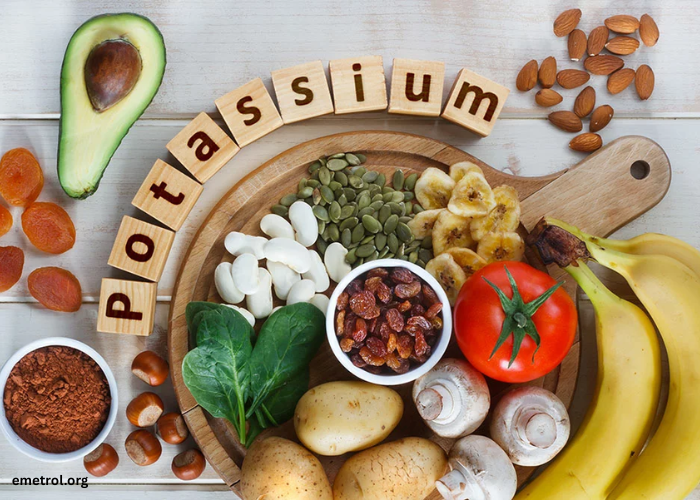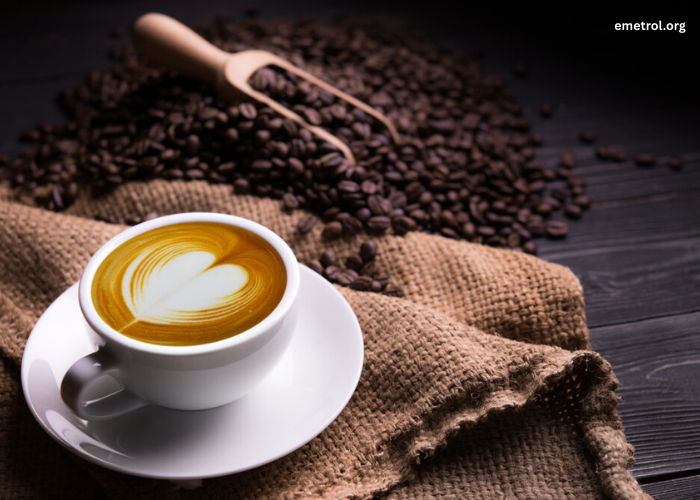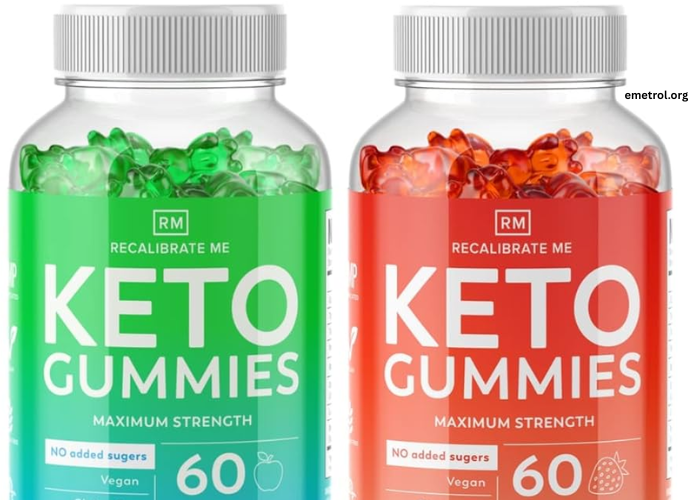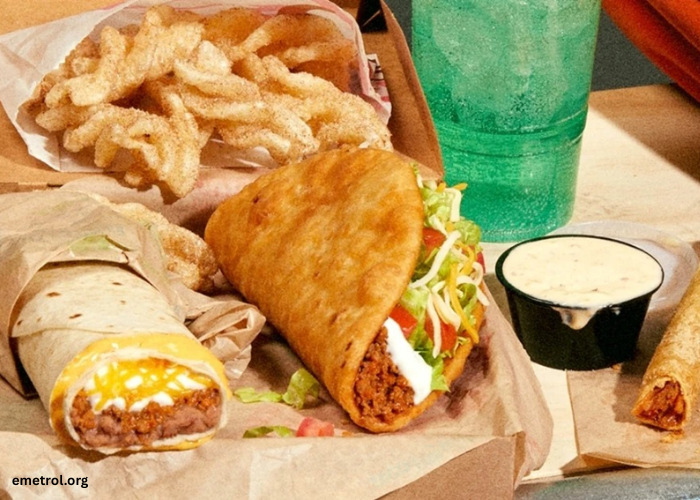Low Potassium Diet: Everything You Should Know About Foods, Benefits & Tips
People with kidney problems or other medical conditions that make it harder for their body to process potassium may be urged to eat a low potassium diet. Potassium, a mineral your body needs for muscles, nerves and the heart to function properly. But when you have too much potassium in your blood (a condition called hyperkalemia), it can be dangerous — and deadly.
People with chronic kidney disease, dialysis patients or those on medicine to raise potassium levels may need to lower the potassium in their daily meals. This diet is all about foods to avoid, high potassium foods like bananas, ORANGES, potatoes, spinach, dairy, and in favor of low potassium options.
Just because you’re on a low potassium diet doesn’t mean you can’t eat delicious, appetizing meals. With the proper planning, you can still have an array of tasty and nutritious meals.
Key Points:
Low potassium diet is a must for people with the problem of kidney or heart.
Stay away from high potassium foods such as bananas, potatoes and tomatoes.
Always read food labels, and ask your doctor or dietitian if you have questions.
Why Do Some People Have To Eat Low Potassium?
(In some people, the kidneys are not able to eliminate enough potassium from the blood.) This makes it hyperkalemic, a condition that can cause serious health problems like muscle weakness, abnormal heart beats or a heart attack. Those with kidney disease are at the most risk from this.
Others may have to follow a diet low in potassium due to the use of medications which, raise the levels of potassium in the blood, e.g., ACE inhibitors, potassium-sparing diuretics, and some blood pressure drugs.
If you are on dialysis, for example, you don’t have the full use of both kidneys and potassium can build up rapidly. Eating a diet low in potassium helps keep balance and avoids dangerous spikes.
Doctors may recommend a low potassium diet to patients with heart failure, or other conditions such as after surgery, in managing heart failure, and for those with adrenal gland disorders.
Reminder: Always consult with your doctor before undertaking a low potassium diet.
What Foods to Restrict on a Low Potassium Diet
In order to adhere to a low potassium diet, you should eliminate or reduce the intake of foods that are high in potassium. These include:
Fruit: Bananas, oranges, melons, avocados, apricots, and kiwifruit
Vegetables: potatoes, sweet potatoes, spinach, tomatoes, mushrooms and pumpkin.
Dairy: Milk, yogurt, cheese
Legumes (Beans & Lentils): Including Kidney Beans, Soya Beans and Black Beans.
Almonds, peanuts and sunflower seeds were some of the most “liked” items.
Whole Grains : Bran Cereal, Whole Wheat Bread
Beverages: orange juice, tomato juice, coconut water
And keep an eye on portion sizes while you’re at it. Even foods that are low in potassium can add up if you eat a lot of them. Cooking techniques matter as well — if vegetables are boiled, potassium levels run low; if they are baked or roasted, potassium levels stay high.
Reading food labels is essential. Some packaged and canned foods include potassium added as potassium chloride.
(Note: Be very wary of salt substitutes — they tend to be high in potassium chloride.)
What Foods Are Safe To Eat On A Low Potassium Diet?
There are lots of delicious and nutritious low-potassium foods. There’s really no need to feel restricted when it comes to any kind of diet similar to the one you’re supposed to be following. Here are some examples:
Fruit: Apples, grapes, berries, peaches, pineapples and watermelon
Veggies: Green beans, cucumbers, lettuce, carrots (in small amounts), onions
Grains: White rice, white bread, pasta and rice cereals
Protein: Egg whites, lean chicken, turkey and fish (in moderation)
Substitutes: Use rice milk or almond milk (check the potassium content) Instead of milk.
Snacks: Unsalted popcorn, crackers and unsalted pretzels
Planning meals ahead can help. For example, a healthy and tasty low-potassium lunch could be a turkey sandwich on white bread accompanied by slices of cucumber and a small handful of grapes.
You can also boil vegetables in water to reduce their potassium content. Discard the water after cooking.
Boiled carrots are safer for this than roasted ones, as boiling does leach some potassium out into the water.
What Are The Health Benefits Of Low Potassium Diet?
The primary advantage of the low potassium diet is it can help to regulate potassium levels in the blood, particularly in people who have kidney or heart problems. This is important for avoiding dangerous side effects, like palpitations or muscle cramps.
When potassium is managed well:
The heart beats properly: Too much potassium can lead to abnormal heart rhythms.
Muscles operate more efficiently: Excessive potassium can result in muscle weakness or cramps.
Strain on the kidneys is lessened: A decreased potassium load is gentler on weak or failing kidneys.
Reduces risk of hospitalization. Especially for people on dialysis or with advanced kidney disease.
It also makes people feel better in general. A lot of people notice that they have more energy, their digestion improves, and they can concentrate better for potassium in balance.
Reminder: You don’t need to stop eating potassium altogether — your body still requires some every day. It’s about balance, not turning off the tap.
How Can You Make Low Potassium Diet Easy To Follow?
Controlling your diet on a low sodium diet may first appear to be the hardest thing in the world – I know, I know. Here are some useful tips:
Learn to read the nutrition label—you should be looking for potassium and questionable ingredients like potassium chloride.
Meal plan – Meal prep for the week and make a list of safe foods to minimize daily confusion.
Be a smarter cook – boil (don’t bake!) your veggies to reduce potassium.
Portion control – Even low potassium foods can be too much if eaten in large quantities.
Maintain a food diary – Record what you eat and how it makes you feel.
Choose foods from a food exchange list -Replace high potassium foods with low potassium foods (ex, exchange bananas for apples).
Consult a dietitian – Seek personalized help from a professional based on your condition.
Example: If you like smoothies, swap bananas for apples or berries and water or almond milk for the dairy.
Over time, you’ll develop a personal list of safe and satisfying meals that are good for you.
Conclusion
A low potassium diet is more than just knowing which foods to avoid; it’s a matter of safeguarding your health, particularly if you have kidney or heart disease. Potassium is good — but moderation is key. With a little bit of education about what foods have high and low potassium -and managing your intake- you can take control of your health, and feel better every day.
As always, talk to your doctor or dietitian before starting a new diet if you’re managing a health condition. With proper knowledge, planning, and guidance – it can be easy to live well on a low-potassium diet.
FAQ’s
What Are The Other Low Potassium Foods?
Low potassium foods typically contain less than 200 mg of potassium per serving. For example, apples, white rice, and cucumbers.
Dairy And Low Potassium Diet Can I Eat Dairy On A Low Potassium Diet?
Potassium is abundant in most dairy products. Just use a low potassium milk substitute such as rice or almond milk (read the label for potassium).
How Much Potassium Can You Have On A Low Potassium Diet?
Most people on a low potassium diet will need to have 1500–2000 mg of potassium a day, based on what their doctor recommends.
Is It Okay To Eat Bread On A Low Potassium Diet?
Yes, white bread is typically lower in potassium compared to whole wheat bread and is a better option on this diet.
Is Boiling Vegetables Necessary?
Boiling can help reduce the potassium content of vegetables, which can be better for you if you need to avoid potassium.



